Beneath the kaleidoscopic wings of butterflies, the metallic sheen of beetles, and the intricate patterns adorning countless insects lies more than mere aesthetic appeal. For centuries, we’ve marveled at these designs as nature’s art gallery, but modern entomology reveals a deeper story: these stunning displays serve critical evolutionary functions. From camouflage and warning signals to mate selection and thermoregulation, insect beauty represents a complex language written in colors, patterns, and structures. Recent scientific breakthroughs are decoding this visual vocabulary, revealing how insects’ striking appearances help them survive, communicate, and thrive in challenging environments. This exploration into the functional aspects of insect beauty not only enhances our understanding of evolutionary biology but also inspires innovations in fields ranging from materials science to robotics.
The Evolutionary Purpose Behind Insect Aesthetics

The dazzling colors and intricate patterns displayed by many insect species aren’t simply nature’s frivolous decorations but rather sophisticated adaptations shaped by millions of years of evolution. Each vibrant color, metallic sheen, or complex pattern represents a solution to environmental challenges that insects have faced throughout their evolutionary history. This concept, known as adaptive coloration, demonstrates how natural selection has favored certain visual traits because they confer specific survival advantages. Research published in journals like Nature and Science increasingly reveals that even the most seemingly decorative features—from the iridescent blue of Morpho butterfly wings to the spotted patterns of ladybugs—serve critical functions in predator avoidance, thermoregulation, or social signaling. Understanding these connections between form and function helps scientists reconstruct the evolutionary pressures that have shaped insect diversity over time.
Warning Coloration: Nature’s Danger Signs
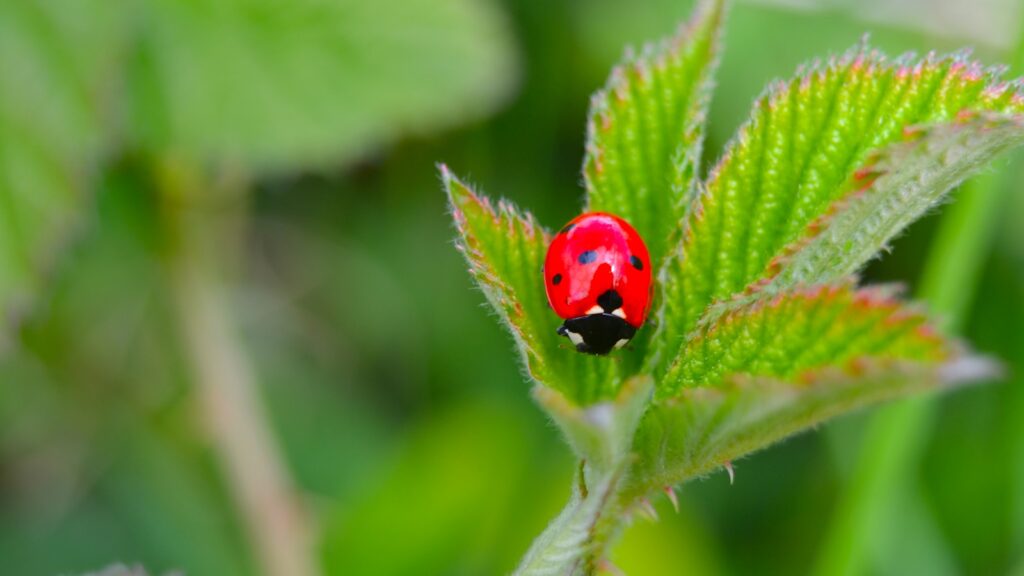
Among the most striking examples of functional beauty in the insect world is aposematism, or warning coloration, where bright, contrasting patterns signal potential predators that an insect is toxic, distasteful, or dangerous. The vibrant yellow and black stripes of wasps, the red and black patterns of ladybugs, and the orange and black wings of monarch butterflies all serve as visual advertisements of their unpalatability. This strategic use of bold coloration works because predators learn to associate these distinctive patterns with negative experiences, leading them to avoid similarly marked prey in the future. Entomologists at Cornell University have documented how predator learning reinforces these warning signals, creating evolutionary pressure that maintains consistent coloration patterns across generations. Interestingly, this system is so effective that many harmless insects have evolved to mimic these warning patterns in a strategy called Batesian mimicry, essentially borrowing the protective reputation of dangerous species.
Camouflage: The Art of Disappearing
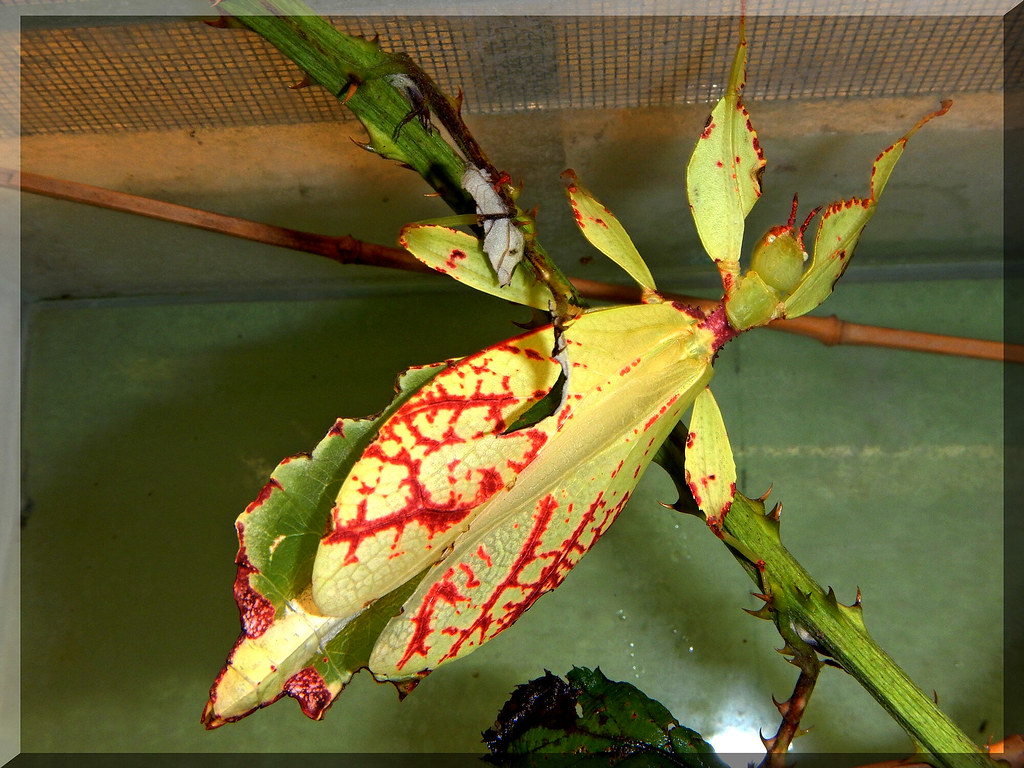
While some insects advertise their presence with bold colors, others employ equally sophisticated designs to achieve the opposite effect—becoming virtually invisible in their natural habitats. Stick insects that resemble twigs, leaf insects that mimic foliage down to apparent damage marks, and moths with bark-like patterns demonstrate the remarkable precision of evolutionary camouflage. Recent research using advanced imaging techniques has revealed how these camouflage strategies work beyond human perception, accounting for predator vision systems that can detect ultraviolet light or polarized light patterns invisible to the human eye. The peppered moth (Biston betularia) represents one of the most famous examples of adaptive camouflage, with populations evolving darker coloration during the Industrial Revolution when soot darkened their tree habitats, and then reverting to lighter forms as air pollution regulations reduced soot deposits. Scientists now understand that effective camouflage often involves multiple strategies working in concert, including color matching, disruptive coloration that breaks up body outlines, and even behavioral adaptations that help insects position themselves optimally against their backgrounds.
Sexual Selection and Flashy Features
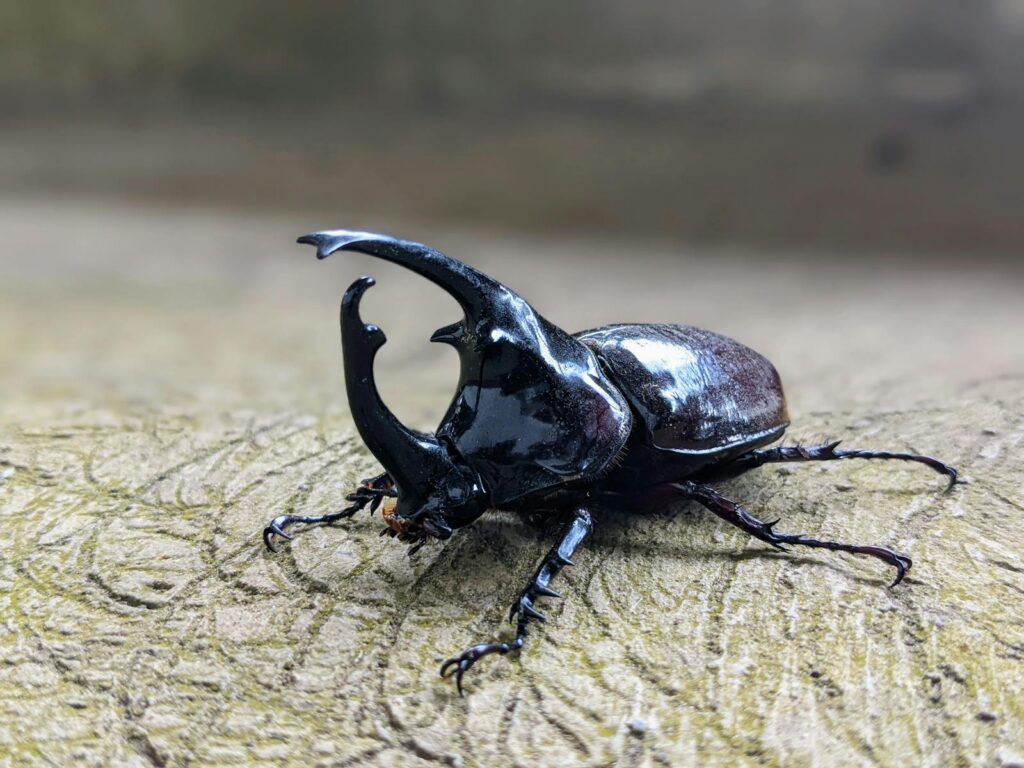
Many of the most extravagant insect designs serve as advertisements not to predators but to potential mates, demonstrating how sexual selection drives the evolution of beauty. Male peacock spiders performing elaborate courtship dances while displaying brilliantly colored abdominal flaps, rhinoceros beetles with exaggerated horns, and fireflies producing precisely timed light patterns all showcase adaptations shaped by female preference rather than direct survival advantage. These ornamental features often represent honest signals of genetic quality, indicating that the male can afford to invest resources in developing and maintaining these costly displays while still surviving. Research from the University of Florida has documented how female choice in various insect species consistently favors males with more symmetrical, larger, or more vibrantly colored ornamental features. The balance between sexual selection pushing toward more elaborate displays and natural selection limiting traits that might attract predators creates an evolutionary tension that drives the diversification of insect appearances across species.
Structural Colors: Beyond Pigmentation
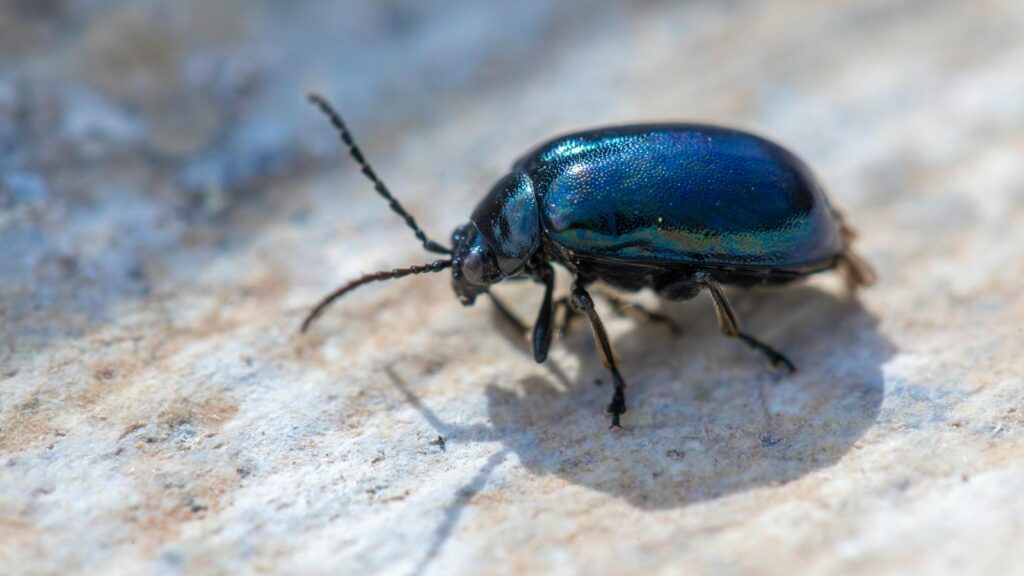
Perhaps the most technologically fascinating aspect of insect beauty comes from structural coloration, where colors are produced not by pigments but by the physical interaction of light with microscopic structures. The shimmering blue of Morpho butterfly wings, the metallic appearance of many beetles, and the rainbow iridescence of certain wasps all result from complex nanostructures that selectively reflect specific wavelengths of light. These structures—often arranged in precise photonic crystals, multilayer reflectors, or diffraction gratings—create colors that remain vibrant indefinitely, unlike pigments that fade over time. Electron microscopy studies have revealed the astonishing precision of these structures, with some operating at scales smaller than the wavelength of visible light itself. Researchers at the University of Cambridge have discovered that some beetles produce white coloration using random networks of chitin filaments that scatter all wavelengths of light equally—a strategy that insects evolved millions of years before humans developed similar techniques for manufacturing white paint. Beyond their visual appeal, these structural colors often serve practical functions like thermoregulation, with reflective surfaces helping insects manage heat in variable environments.
Thermoregulation Through Color and Pattern

Insect coloration plays a crucial role in temperature regulation, with different color patterns helping insects absorb or reflect heat depending on their environmental needs. Dark-colored insects can absorb more solar radiation, helping them warm up quickly in cool environments—a principle demonstrated by the prevalence of darker insects in higher latitudes and elevations, a pattern known as Bogert’s rule. Conversely, light-colored species often dominate in hot, sunny habitats where reflecting heat helps prevent overheating. Research from Arizona State University has shown that some desert insects possess specialized scales or hairs that reflect infrared radiation while still displaying visible colors that serve other functions like camouflage or warning signals. Some butterflies take thermoregulation to remarkable levels of sophistication, with wings that contain a mosaic of heating and cooling zones, allowing precise body temperature control through behavioral adjustments in wing positioning. This thermal function of coloration represents an elegant example of how beauty in insects often serves multiple adaptive purposes simultaneously.
Mimicry: Deception as a Survival Strategy

Some of the most remarkable insect designs have evolved through mimicry, where one species gains protection by resembling another species or environmental element. Batesian mimicry occurs when harmless species evolve to resemble dangerous ones, as seen in hoverflies that mimic the warning coloration of wasps without possessing stingers. In Müllerian mimicry, multiple harmful species converge on similar warning patterns, mutually reinforcing predator learning and spreading the cost of educating predators across multiple species. Recent research from the University of Melbourne has documented how these mimicry systems can drive the evolution of intricate color patterns shared across dozens of species within ecological communities. Beyond mimicking other organisms, some insects have evolved to resemble specific environmental features, like the remarkable orchid mantis (Hymenopus coronatus) that so perfectly mimics flower petals that it attracts pollinators as prey. These sophisticated deceptions demonstrate how selection pressures can shape insect appearance with remarkable precision when survival advantages result from the resemblance.
UV Patterns: Hidden Signals Invisible to Humans

Many insects display striking patterns that remain completely invisible to human eyes, existing in the ultraviolet spectrum that many insects—along with birds and some other animals—can perceive. These ultraviolet patterns often serve as private communication channels, allowing insects to display signals to potential mates or colony members while remaining cryptic to many predators. Butterfly wings frequently contain elaborate UV patterns that complement their visible coloration, creating complex signaling systems that human observers have only recently begun to document using specialized UV photography. Research from Stockholm University has revealed that some flower-visiting insects use UV patterns to recognize members of their own species among diverse pollinator communities. In social insects like bees and ants, UV reflectance patterns on the exoskeleton help individuals identify nestmates and distinguish between different castes within the colony. These hidden dimensions of insect appearance remind us that our understanding of their visual world remains incomplete, with ongoing research continually revealing new layers of complexity in how insects use light for communication.
Bioluminescence: Living Light Shows
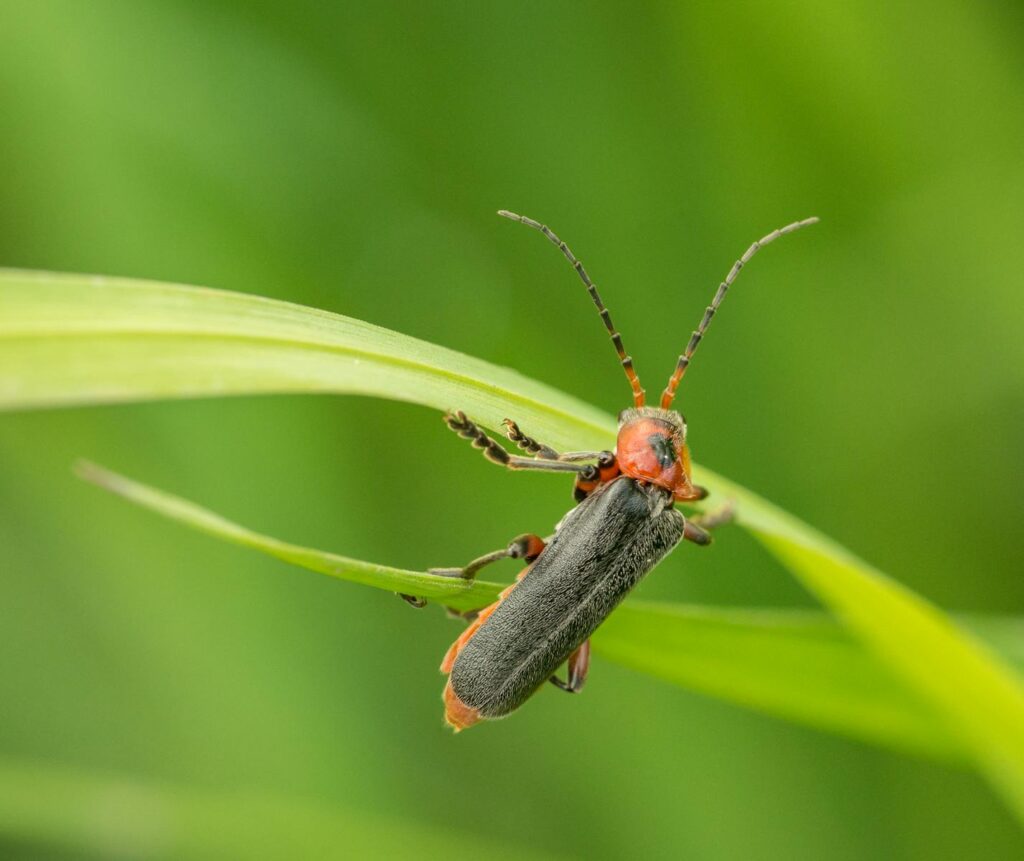
Perhaps the most magical manifestation of insect beauty comes from species capable of producing their own light through bioluminescence. Fireflies (family Lampyridae) represent the most familiar example, using precisely controlled flashes of light in species-specific patterns to locate and attract mates in the darkness. Each firefly species produces distinctive flash patterns—some resembling Morse code with precisely timed dots and dashes of light—that prevent mating confusion between similar species sharing the same habitat. Beyond fireflies, bioluminescent click beetles create glowing spots that help them navigate and avoid predators, while certain fungus gnats produce light to attract prey into sticky trap webs. Recent research from Tufts University has illuminated the complex biochemical pathways behind this light production, where the enzyme luciferase catalyzes the oxidation of a compound called luciferin to release energy in the form of photons rather than heat. The remarkable efficiency of this “cold light” production—with nearly 100% of energy converted to visible light rather than heat—has inspired innovations in low-energy lighting technology and biomedical imaging.
Biomimetic Applications: Learning from Insect Design

The functional beauty of insects has increasingly inspired human innovation across multiple fields, from materials science to optics and engineering. The photonic crystal structures in butterfly wings have led to advances in anti-counterfeiting technology, with companies developing authentication marks that produce iridescent colors impossible to replicate without precise nanostructures. The water-repellent and self-cleaning properties of certain insect surfaces, like cicada wings with their arrays of microscopic pillars, have inspired new antibacterial surfaces for medical implants and food packaging. Engineers at Harvard University have developed robots with locomotion systems inspired by cockroach exoskeletons and movement patterns, creating machines capable of navigating difficult terrain. Perhaps most promisingly, the study of structural colors in insects has informed the development of paint pigments and fabric dyes that maintain vibrant colors without toxic chemicals, using physical structures rather than chemical compositions to produce color. These applications demonstrate how understanding the functional aspects of insect beauty can translate into practical human technologies that solve contemporary challenges.
Conservation Implications of Insect Aesthetics
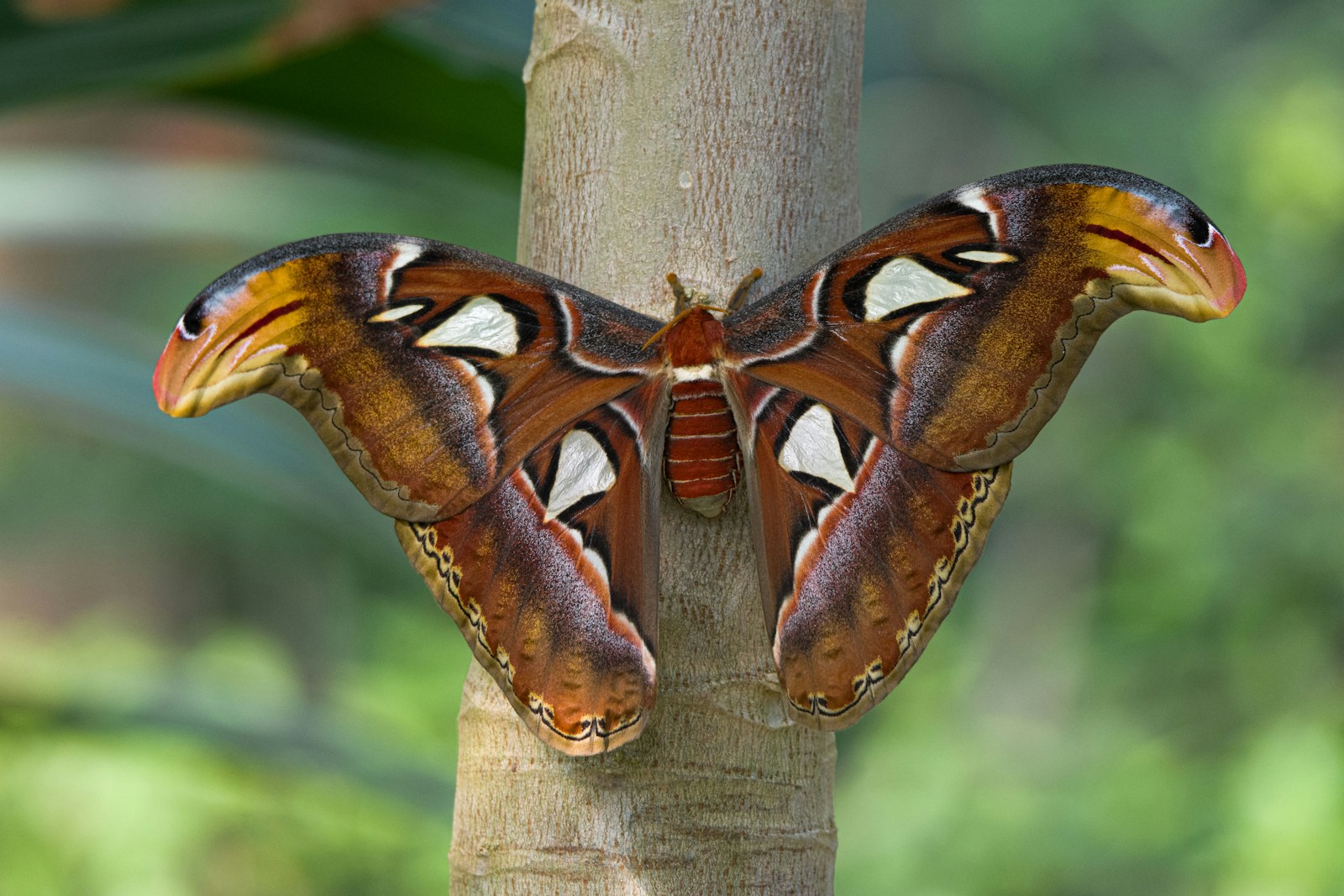
The striking beauty of many insect species plays a critical role in conservation efforts by capturing public attention and generating support for protecting these often-overlooked creatures. Charismatic species like monarch butterflies, atlas moths, and rhinoceros beetles serve as ambassadors for insect conservation, helping scientists communicate the importance of preserving insect biodiversity to non-specialists. Research from the University of Washington has demonstrated that people show greater willingness to support conservation initiatives for visually appealing insects compared to equally ecologically important but less attractive species. Conservation organizations increasingly leverage this “aesthetic appeal factor” by featuring beautiful insects in educational materials and fundraising campaigns. Beyond public engagement, the distinctive patterns and colors of many insect species provide valuable tools for monitoring population changes and detecting the impacts of habitat fragmentation, climate change, and pollution—as seen in studies tracking shifts in butterfly wing patterns in response to environmental stressors. Understanding the functional significance of insect appearance also helps conservationists identify specialized habitat requirements that must be preserved to maintain healthy populations of these ecologically crucial organisms.
Technological Advances Revealing New Dimensions of Beauty
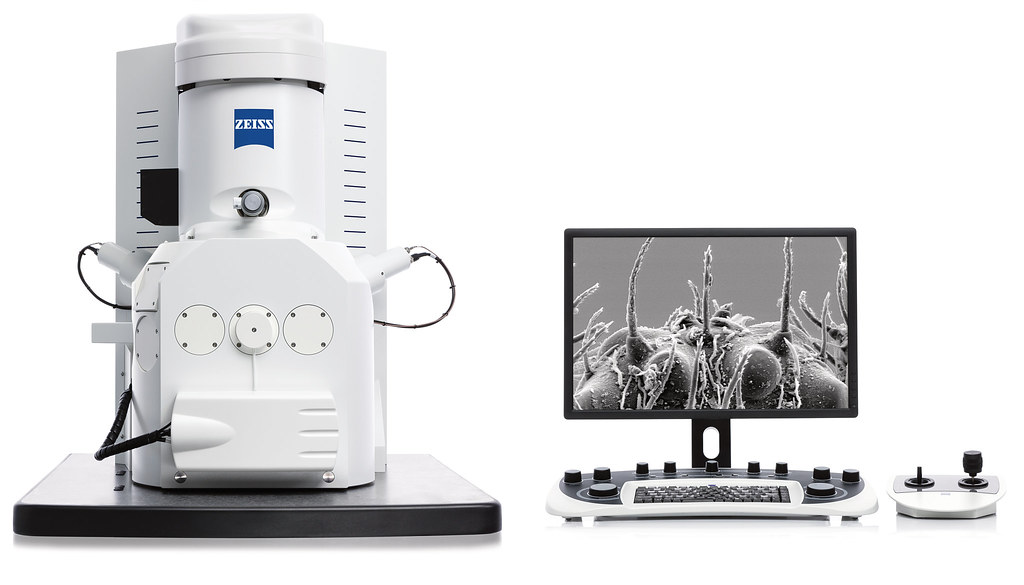
Cutting-edge imaging technologies are revolutionizing our understanding of insect appearance, revealing previously undetectable aspects of their design and function. Scanning electron microscopy can now visualize surface structures at nanometer scales, documenting the precise arrangement of scales on butterfly wings or the microscopic ridges that create structural colors in beetles. Confocal microscopy allows researchers to create three-dimensional models of complex surface features, helping explain how certain structures interact with light to produce visual effects. Perhaps most significantly, multispectral imaging systems can now capture how insects appear across the full electromagnetic spectrum, including ultraviolet and infrared wavelengths invisible to humans but often crucial to insect communication. Research teams at the University of Exeter have pioneered the use of polarized light imaging to document how some insects use polarization patterns—the directional orientation of light waves—as additional signaling channels beyond color. These technological advances continue to expand our appreciation of insect beauty beyond human visual limitations, revealing sophisticated communication systems and adaptive features that remained hidden throughout most of scientific history.
Future Research Directions in Functional Beauty

As our understanding of insect appearance deepens, several promising research frontiers are emerging that may further transform our appreciation of functional beauty in the insect world. Integrative studies combining genomics, developmental biology, and evolutionary ecology are beginning to identify the genetic mechanisms controlling the development of complex color patterns and structural features, potentially allowing scientists to trace the evolutionary history of these adaptations. Neurobiology researchers are investigating how insect visual systems process complex patterns and colors, revealing sophisticated perceptual abilities that shape the evolution of visual signals between predators, prey, and potential mates. Climate change research increasingly examines how rising temperatures and shifting habitats may affect the adaptive value of different color patterns, with some evidence suggesting that thermal functions of coloration may become increasingly important as global temperatures rise. Perhaps most excitingly, researchers in synthetic biology are exploring how understanding the development of complex insect structures might inform the creation of new biomaterials with transformative applications in medicine, energy, and computing. These research directions promise to further illuminate the remarkable intersection of function and beauty that characterizes the insect world.
Conclusion
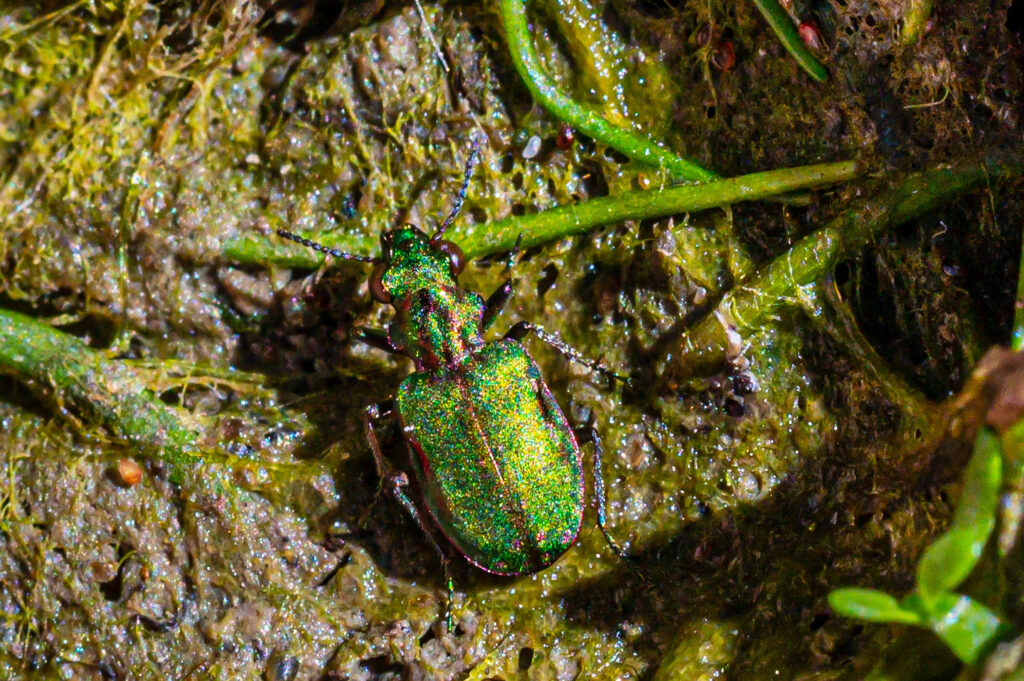
In examining the hidden functions behind insect beauty, we discover a world where appearance rarely exists for its own sake. What humans perceive as beautiful in insects typically represents sophisticated adaptations shaped by natural selection to solve specific challenges. From the warning colors that deter predators to the structural colors that regulate temperature, from the patterns visible only in ultraviolet light to the bioluminescent displays that facilitate mating, insect appearance represents a masterclass in evolutionary problem-solving. As entomologists continue to unravel these connections between form and function, they not only deepen our understanding of evolution but also inspire innovations that may help address human challenges. Perhaps most importantly, recognizing the functional beauty of insects enhances our appreciation for these often-overlooked creatures, strengthening our commitment to preserving the biodiversity that has produced such extraordinary designs through millions of years of evolution.

